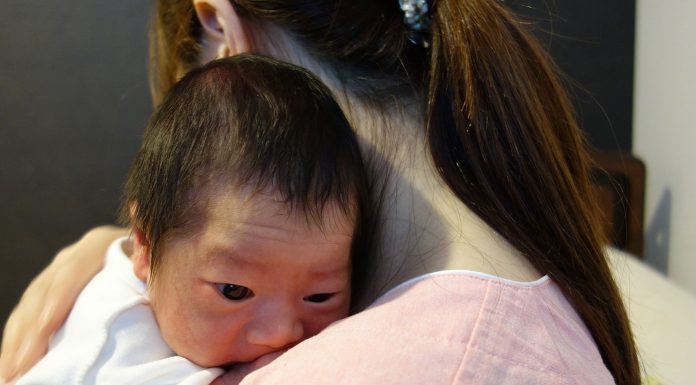Speeding up the rollout of safe staffing tools along with pay equity and recognising RN prescribing are all on the agenda as pay talks between nurses’ union NZNO and the 20 district health boards enter the second month.
Lesley Harry, NZNO industrial advisor, said a second facilitated forum was being held today on addressing chronic understaffing and implementing the safe staffing Care Capacity Demand Management (CCDM) tools with DHB, Ministry of Health and New Zealand Nurses Organisation representatives
Chief Nursing Officer Dr Jane O’Malley confirmed she is attending the meeting on how to hasten the roll out of CCDM as the Ministry’s executive representative and as “an observer and support”.
Harry said today’s (16 August) CCDM safe staffing forum was a follow-up to an earlier forum held on July 18 to help inform the multi-employer collective (MECA) negotiations which got underway between the DHB and NZNO in June.
During the 2015 negotiations the DHBs ‘reaffirmed’ their commitment to implementing the safe staffing CCDM system* including making a ‘timely response’ when CCDM analysis showed that more nursing positions were needed to meet patient acuity and demand trends. But by midway through this year only 14 DHBs were underway with implementing CCDM and few had completed full implementation.
Harry said in negotiations earlier this month NZNO had reiterated issues relating to its pay equity claim and intended to discuss Australian comparators when negotiations resumed on August 23.
In early August NZNO negotiators had also held discussions with DHB directors of nursing over plans for registered nurse (RN) prescribers and how the RN prescriber role might fit into the current employment agreement’s senior nurse framework.
The MECA negotiations cover about 27,000 registered nurse, enrolled nurse, midwife and health care assistant members of NZNO. The current MECA expired on 31 July.
In its latest MECA bargaining update the NZNO said it had also agreed to refer discussions about support for victims of domestic and family violence to a joint forum on 5 September with fellow health unions, the Public Service Association (PSA) and E tū.
*CCDM three core components
- Mix and Match Staffing (i.e. using patient acuity data analysis to calculate the safe FTE base staffing required for a ward or unit to meet patient demand patterns)
- Variance Response Management (i.e. capacity at a glance screen (CAG) and ‘traffic light’ system to alert when ward is in immediate need and systems of how to respond)
- Core data set (Using high-quality data to review and respond to safe staffing needs)
CCDM DHBs (at various stages of implementation)
- Bay of Plenty
- Northland
- MidCentral
- Nelson
- Tairawhiti
- Taranaki
- Southern
- Waitemata
- Hutt Valley
- Whanganui
- South Canterbury
- Auckland
- Hawke’s Bay
- Capital & Coast
Have validated patient acuity system and CCDM under discussion
- Wairarapa
- West Coast
Progressing validation of another patient acuity system
- Counties Manukau
- Waikato
Considering acuity system options
- Canterbury
- Lakes






















